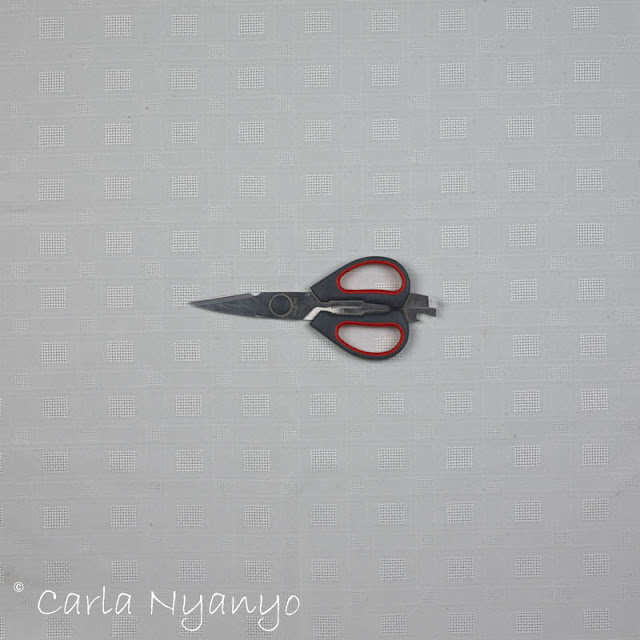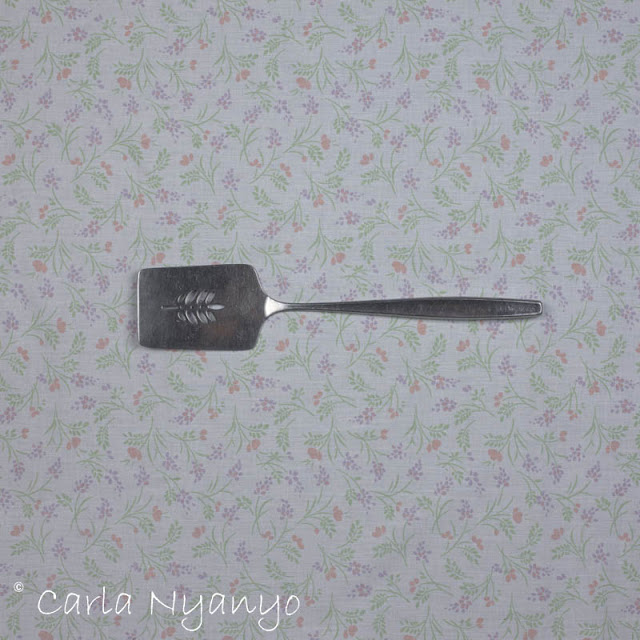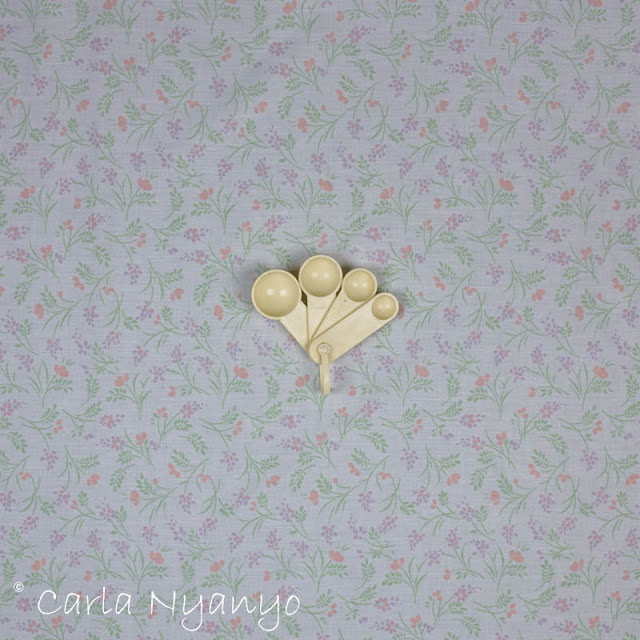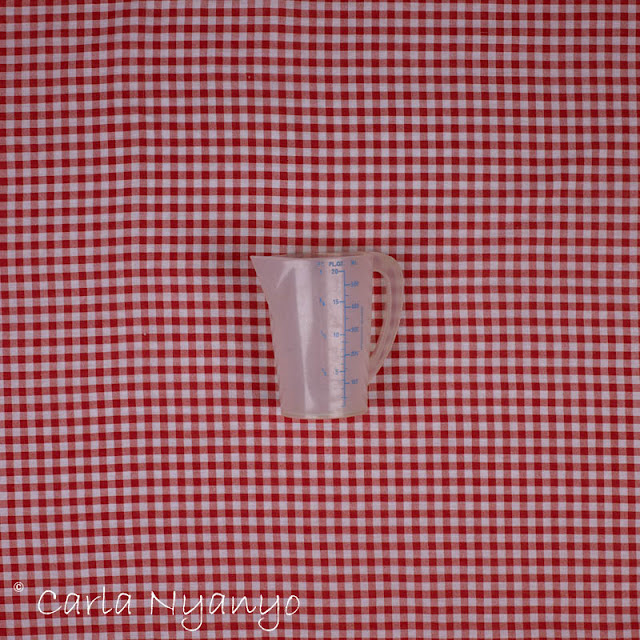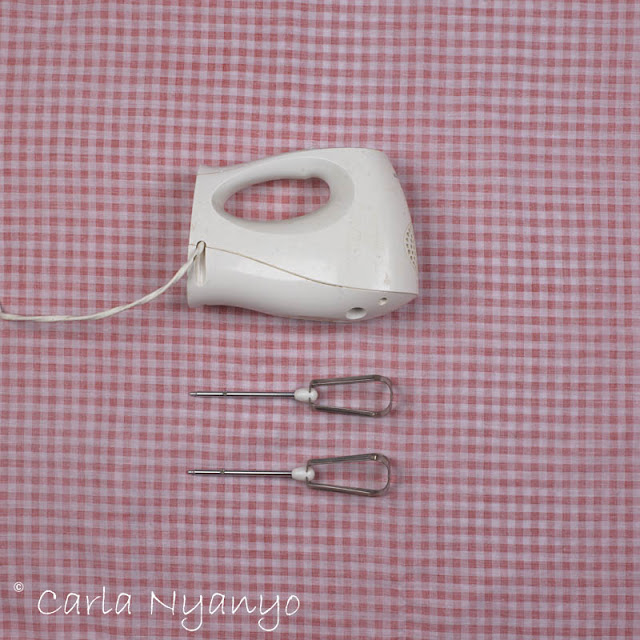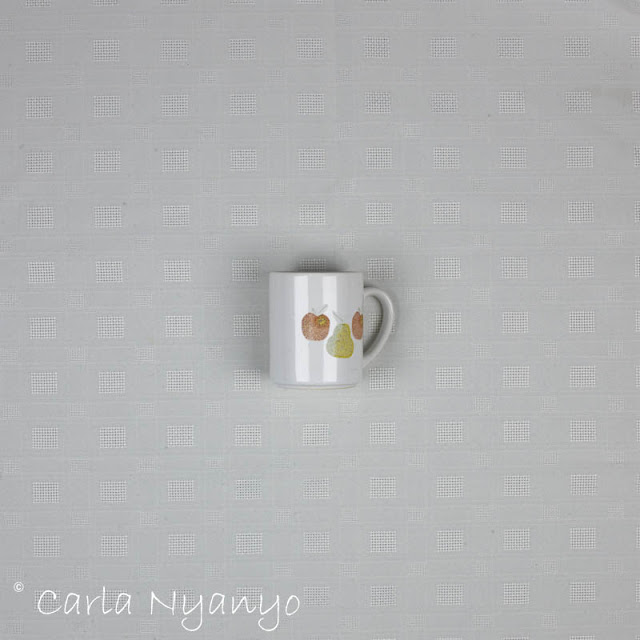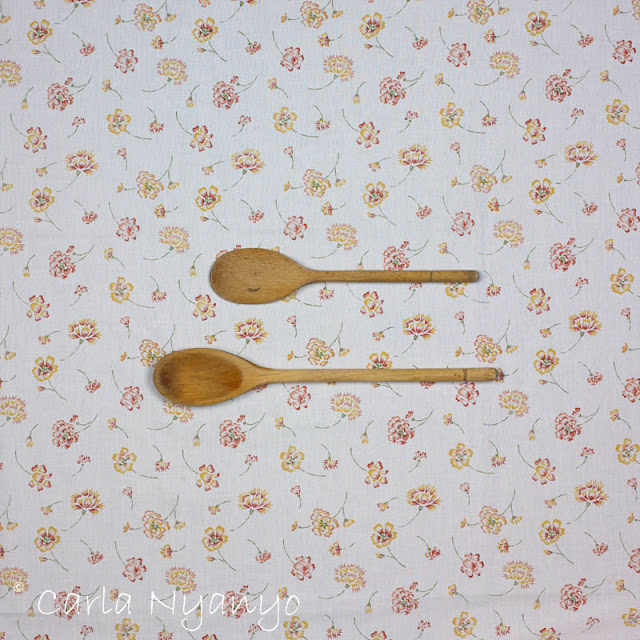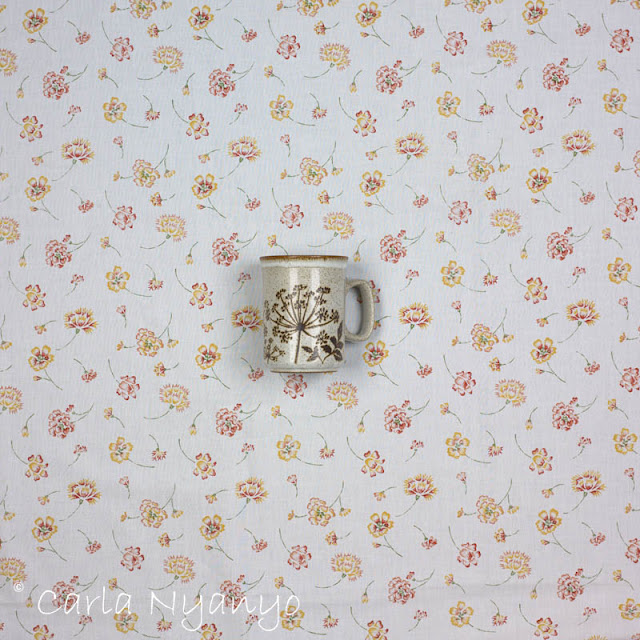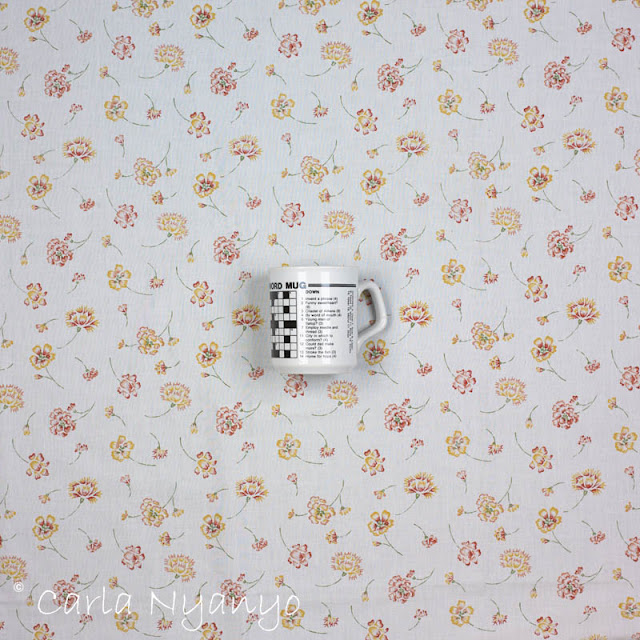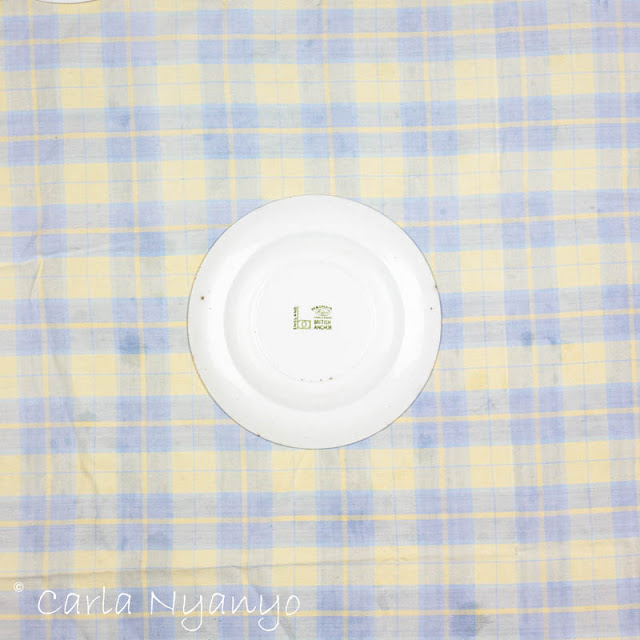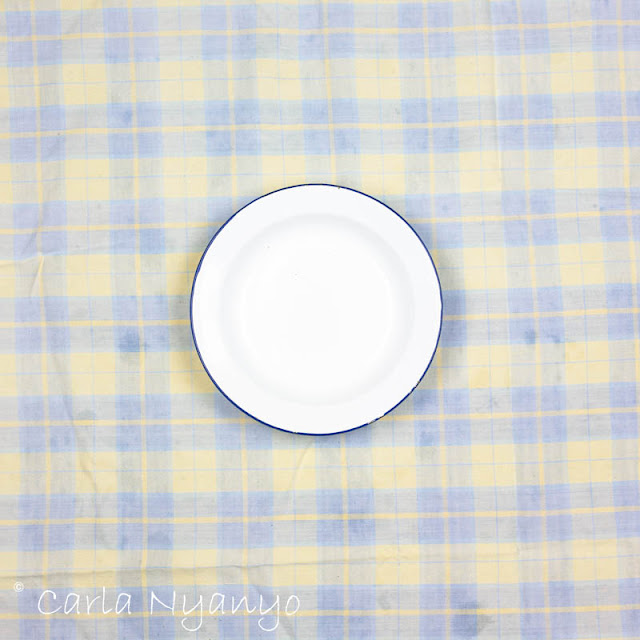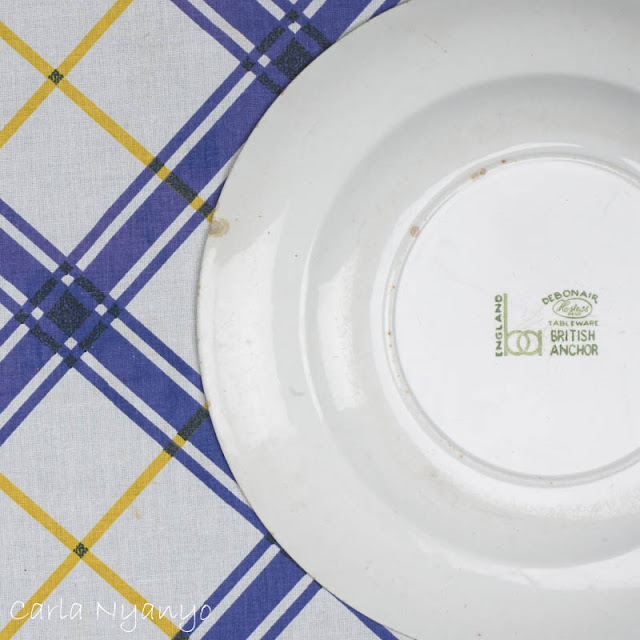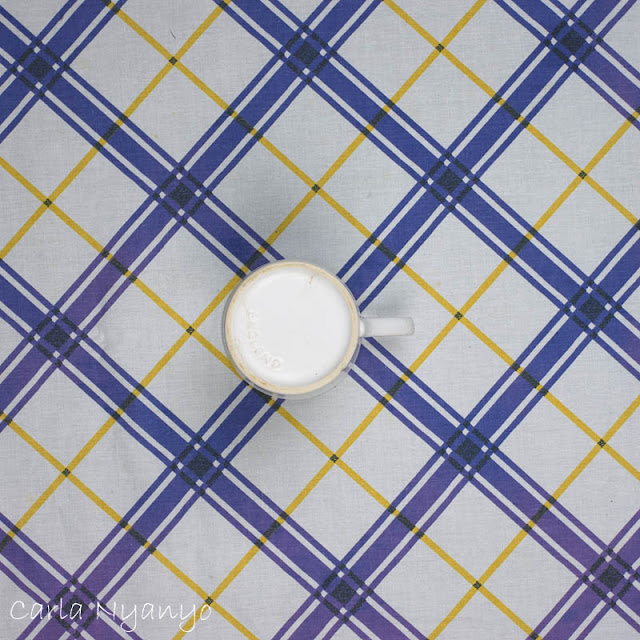I spent a good while sequencing the images. First things first, I printed out all my photographs from all of my shoots (I find it so much easier to see what I'm looking at if they're printed out and I can physically move things around). I started by looking at all the objects in relation to the brownie recipe I have and started to pick out everything that you might need to be able to make them. I laid them all out roughly in the order you would need them. I then looked at the different backgrounds as I wanted a regular sequence of the different patterns. More by luck that judgement I think, it all worked out fairly well, there was only a few that didn't fit which I re-shot. Ideally I would have re-shot all of the objects on all of the backgrounds to give my self all the options but I just didn't have time, especially since my final submission for the module is going to be a photo book so I needed to allow enough time for that to get printed.
Sunday, May 29, 2016
Sunday, May 22, 2016
P10 background experimentation
After my second shoot in the studio I hit the charity shops of Hereford looking for table cloths and patterned material. I was surprised to find that there wasn't as much choice as I was expecting. I guess it's just one of those things where it seems like there's lots about but when you're looking for something there's none to be found! So, there's a couple that I've bought and a couple that I've borrowed from other people. The red gingham one is actually one of my duvet covers photographed, firstly the with the right side out but I felt that it was a little bit too vibrant so I turned it inside to mute down the colours.
These are recipes that had belong to my Nanna. The one above she had written by hand and the one below she typed up using a type writer. These will be included in the final body of work to give it context. I've photographed them for now but I want to try scanning them.
These are recipes that had belong to my Nanna. The one above she had written by hand and the one below she typed up using a type writer. These will be included in the final body of work to give it context. I've photographed them for now but I want to try scanning them.
Tuesday, May 17, 2016
What makes work "stand out"?
Last Friday was HCA's third (and potentially last) Connected Class and so our big question was a combination of several different ones all along the lines of what makes work "good" or "stand out". The video we watched (and you can watch it here) was a TED talk by Thomas Hetherwick. His work stands out to me for a couple of reasons; it's innovative and unconventional, but not for the sake of it. For example, he didn't re-design the power station just because he could. He was solving problems and there was a thought process behind every element. He clearly considers the space in which his designs will exist and how they will interact with it's current inhabitants.
We also discussed the future of our cclasses and I'm so pleased that we've decided to continue. It's been such a great experience and I've really enjoyed the collaborative element by taking the classes with students from different subject areas.
We also discussed the future of our cclasses and I'm so pleased that we've decided to continue. It's been such a great experience and I've really enjoyed the collaborative element by taking the classes with students from different subject areas.
Wednesday, May 11, 2016
How far could Augmented Reality provide a different dimension to visual arts practice?
Last Friday was our second Connecting Class. Our big question this time was considering how we might be able to use augmented reality in our studio practices.
I had a small problem at the start getting the video clips to play and so I had to share a device with another student. The technologies we learnt about in the video are amazing, the kind of thing you might see in a science fiction film! In March I had the opportunity to witness these technologies first hand; at the Photography show I visited a stand where the company had embedded a digital slide show into their photo albums. The discussion we had afterwards was very lively and we probably haven't scratched the surface! I think for me, I can see the benefits of augmented reality in terms of education but I'm a little worried that if we take it too far it will become the "norm" and could potentially spoil organic experiences.
I had a small problem at the start getting the video clips to play and so I had to share a device with another student. The technologies we learnt about in the video are amazing, the kind of thing you might see in a science fiction film! In March I had the opportunity to witness these technologies first hand; at the Photography show I visited a stand where the company had embedded a digital slide show into their photo albums. The discussion we had afterwards was very lively and we probably haven't scratched the surface! I think for me, I can see the benefits of augmented reality in terms of education but I'm a little worried that if we take it too far it will become the "norm" and could potentially spoil organic experiences.
Tuesday, May 10, 2016
P10 studio shoot 2
For my second shoot I borrowed a table cloth from one of my lecturers so I could start to see what the objects look like photographed against a patterned background. While I much prefer these images to the bright white background from the previous shoot I'm not sure this table cloth is "the one". It's quite a big, bright pattern which, I feel, distracts from the objects, especially where they lie flat against the surface.
Subscribe to:
Comments (Atom)






